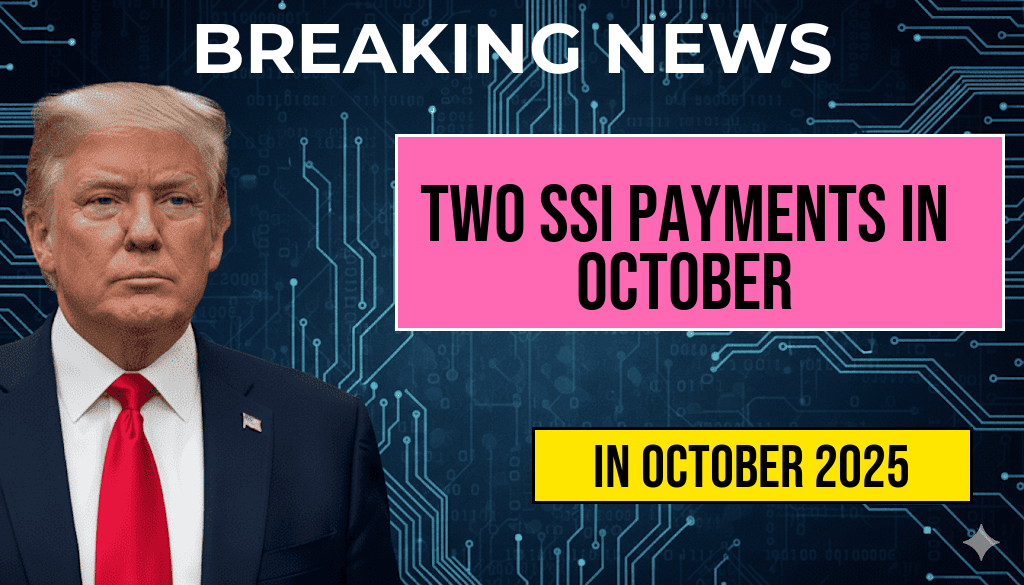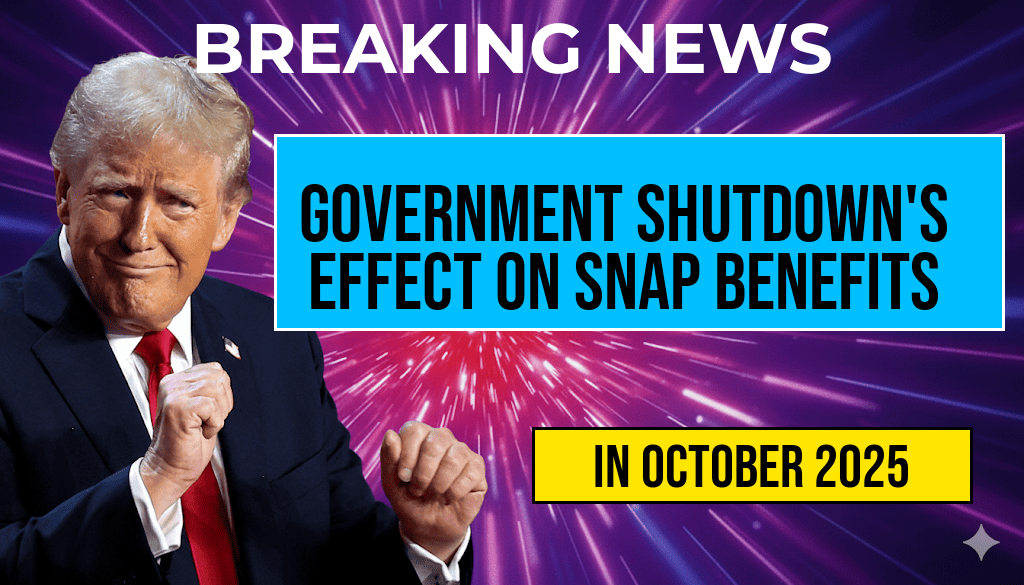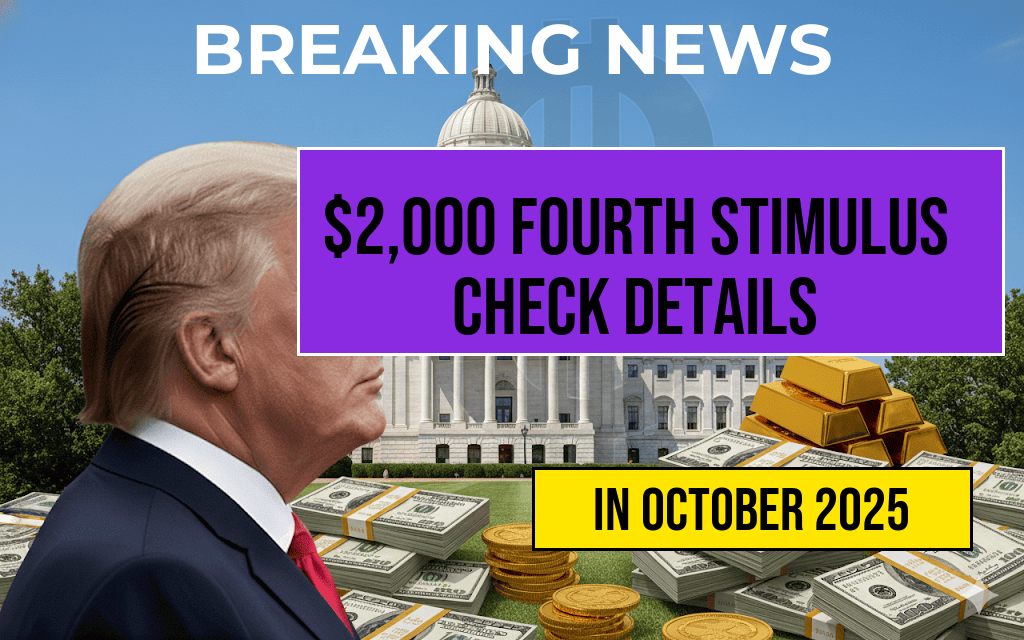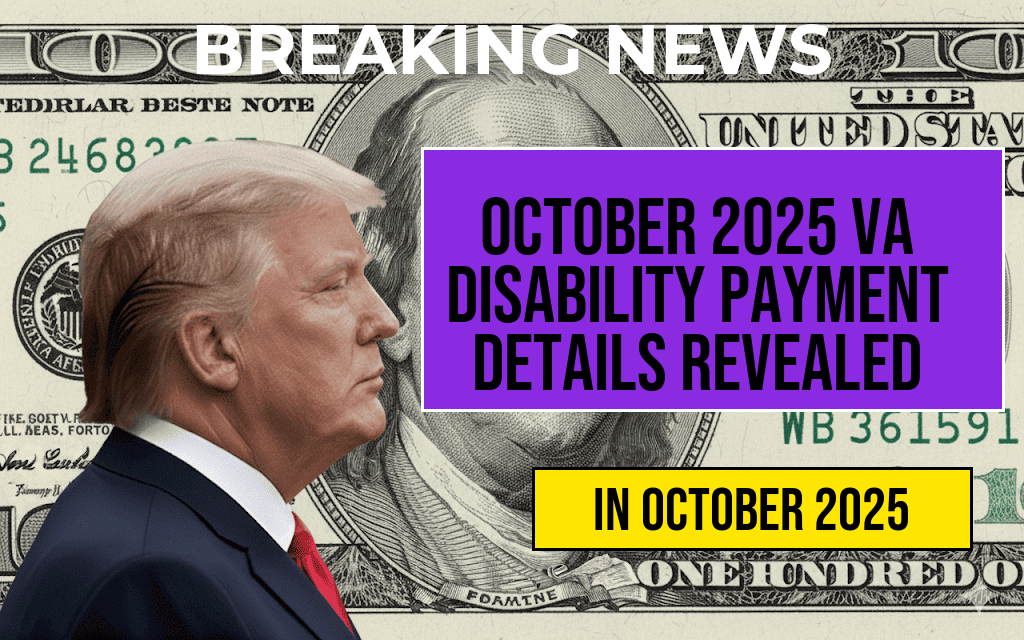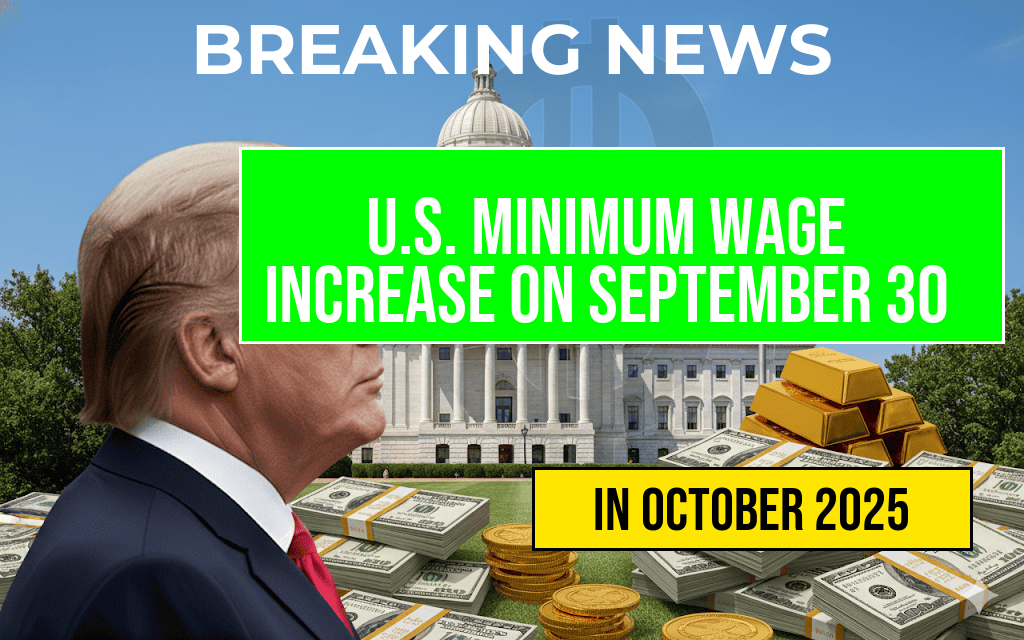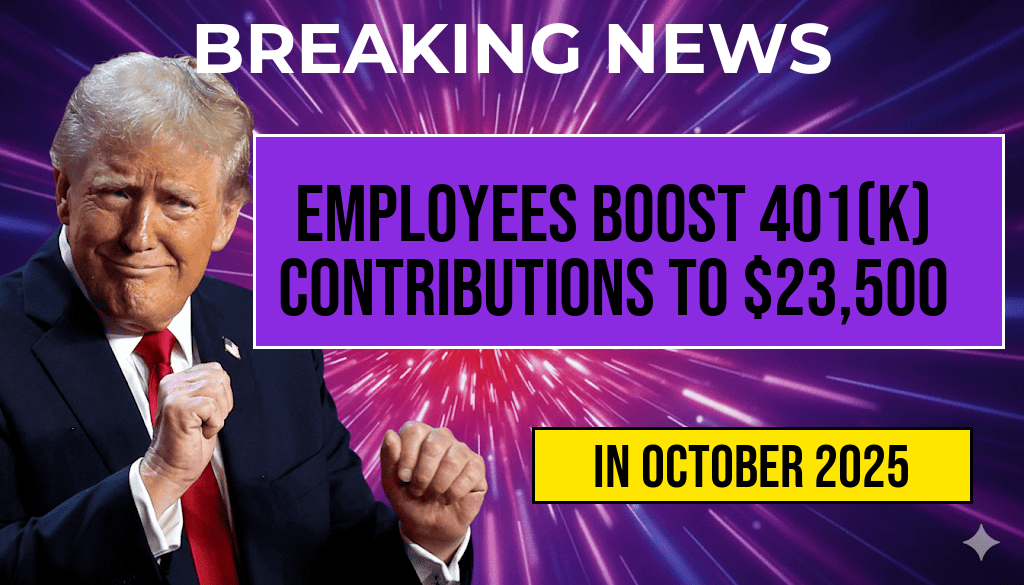The recent government shutdown has raised concerns about the future of vital social services, particularly the Supplemental Nutrition Assistance Program (SNAP) and food stamp benefits. The implications of such a shutdown are significant, as millions of Americans rely on these programs for their daily nutrition. With funding for SNAP potentially impacted, many families are left wondering how long they can maintain access to essential food resources. The consequences of a prolonged shutdown could undermine food security for vulnerable populations, making it critical to understand the direct effects on SNAP benefits and the measures being taken to mitigate this crisis.
Understanding SNAP and Food Stamps
SNAP, formerly known as food stamps, is a federal assistance program designed to provide financial aid for purchasing food to low-income individuals and families. Funded by the United States Department of Agriculture (USDA), the program aims to alleviate hunger and improve nutrition among participants. With the current economic climate, which has seen an increase in food prices and living costs, the role of SNAP has become even more crucial.
How a Government Shutdown Affects SNAP
A government shutdown occurs when Congress fails to pass appropriations bills or continuing resolutions to fund the federal government. This scenario has several immediate repercussions for SNAP benefits:
- Funding Delays: The USDA’s ability to allocate funds for SNAP programs may be hindered, leading to delays in benefit distribution.
- Administrative Challenges: Many staff members involved in administering SNAP may be furloughed, making it difficult to process applications and renewals.
- Potential Reductions: If the shutdown persists, there could be discussions about reducing benefits or altering the eligibility criteria.
Current Status of SNAP Benefits During the Shutdown
As of now, SNAP benefits have been funded through existing appropriations, which means that beneficiaries are still receiving their monthly assistance. However, this funding is not guaranteed to last indefinitely, especially if the shutdown extends beyond several weeks. Experts warn that a prolonged shutdown could jeopardize future payments, leaving many families in a precarious position.
Impact on Food Security
The potential disruption of SNAP services poses a significant threat to food security across the nation. According to the USDA, approximately 42 million Americans rely on SNAP to help meet their nutritional needs. A sudden interruption in benefits could lead to increased hunger and food insecurity, particularly among children, the elderly, and individuals with disabilities.
Mitigation Efforts and Alternatives
Various organizations and advocacy groups are closely monitoring the situation and working to ensure that vulnerable populations have access to food resources. Some of the key mitigation efforts include:
- State-Level Initiatives: Many states are exploring options to provide temporary assistance or alternative food programs to support families affected by the shutdown.
- Community Support: Local food banks and non-profit organizations are ramping up efforts to distribute food to those in need, even as demand increases.
- Public Awareness Campaigns: Advocacy groups are urging the government to prioritize funding for SNAP and food assistance programs to prevent a crisis in food security.
Looking Ahead
The future of SNAP benefits remains uncertain as negotiations in Congress continue. The outcome will significantly impact millions of Americans who depend on this assistance for their daily meals. Stakeholders are encouraged to stay informed about potential changes and to utilize available resources while advocating for a resolution to the shutdown.
| Duration of Shutdown | Potential Impact on SNAP |
|---|---|
| 1-2 Weeks | Minimal disruption; benefits continue as funded. |
| 3-4 Weeks | Delays in processing applications; some states may face funding issues. |
| 1 Month+ | Significant risk of benefit reductions; increased food insecurity likely. |
For up-to-date information on SNAP benefits and resources during the government shutdown, visit the USDA Food and Nutrition Service or check out the latest insights from Forbes.
Frequently Asked Questions
Will SNAP benefits be affected by a government shutdown?
Yes, during a government shutdown, there may be delays in the distribution of SNAP benefits. However, many states have contingency plans to continue providing assistance to eligible households.
How does a government shutdown impact food stamp programs?
A government shutdown can lead to temporary disruptions in the administration of food stamp programs, which may affect the processing of applications and renewals.
Are current SNAP recipients at risk during a government shutdown?
Current SNAP recipients may not immediately lose their benefits during a government shutdown, but future payments could be delayed, depending on the duration of the shutdown.
What should I do if my SNAP benefits are delayed due to a shutdown?
If your SNAP benefits are delayed due to a government shutdown, you should contact your local SNAP office for guidance and assistance on how to access food resources during this time.
Will new applicants for SNAP be processed during a government shutdown?
New applications for SNAP may experience delays during a government shutdown. It’s advisable to apply as soon as possible and check with your local agency for updates on application processing.



